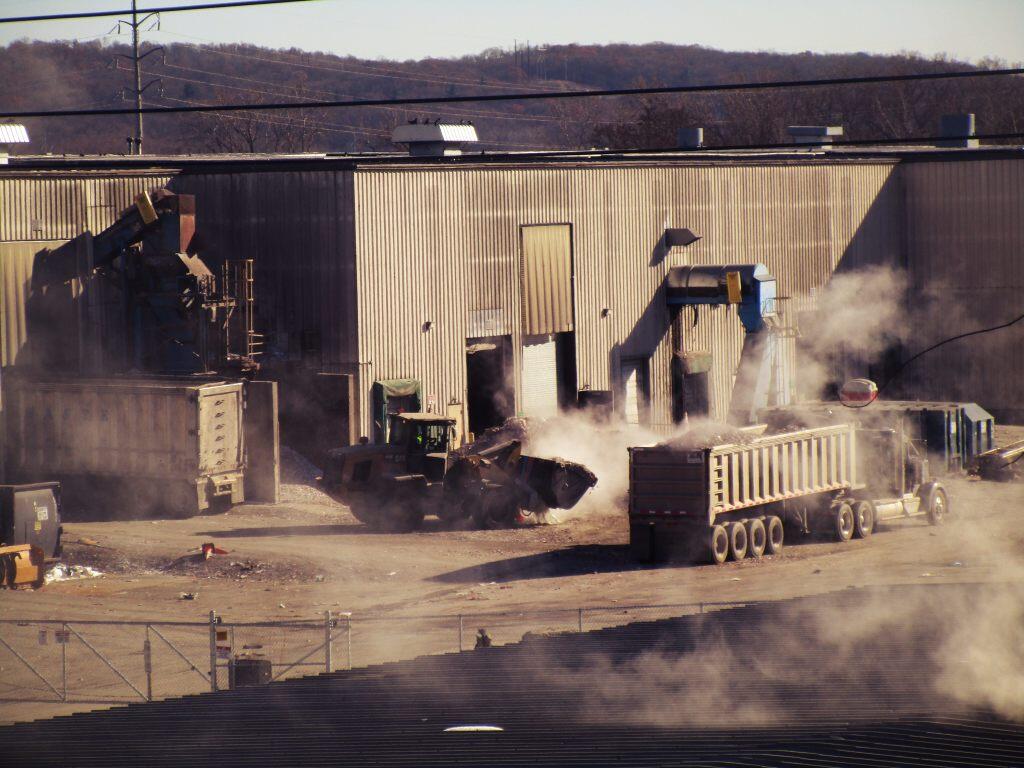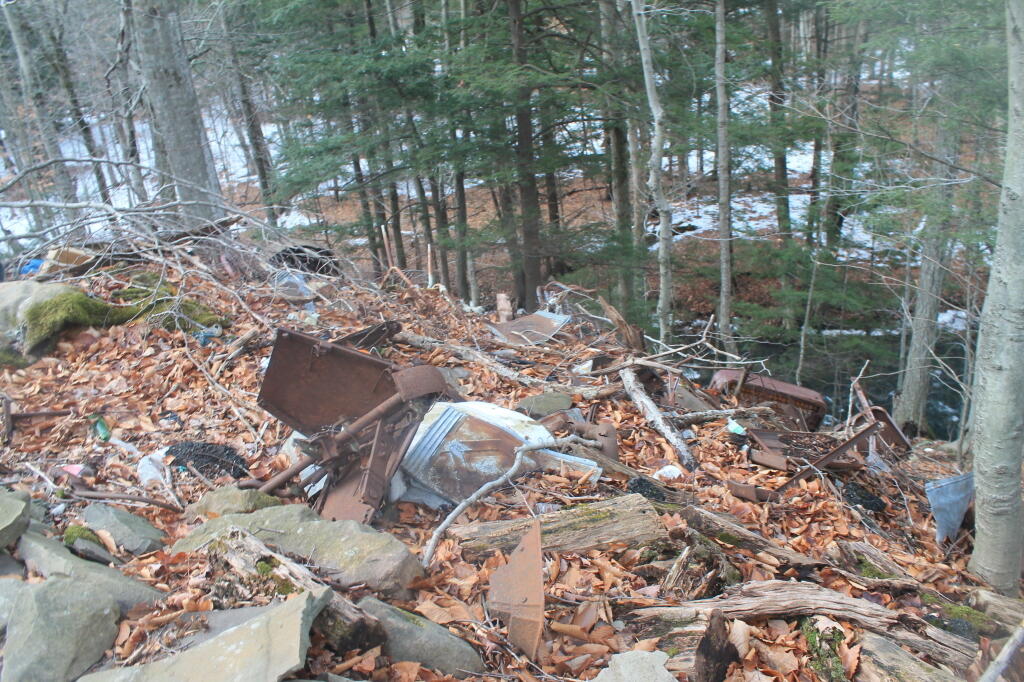In Cornucopia City, as I understand it, all the buildings will be made of a special papier-mâché. These houses can be torn down and rebuilt every spring and fall at housecleaning time. The motorcars of Cornucopia will be made of a lightweight plastic that develops fatigue and begins to melt if driven more than four thousand miles. Owners who turn in their old motorcars at the regular turn-in dates—New Year’s, Easter, Independence Day, and Labor Day—will be rewarded with a one-hundred-dollar United States Prosperity-Through-Growth Bond for each motorcar turned in. And a special additional bond will be awarded to those families able to turn in four or more motorcars at each disposal date.
One fourth of the factories of Cornucopia City will be located on the edge of a cliff, and the ends of their assembly lines can be swung to the front or rear doors depending upon the public demand for the product being produced.When demand is slack, the end of the assembly line will be swung to the rear door and the output of refrigerators or other products will drop out of sight and go directly to their graveyard without first overwhelming the consumer market.
Every Monday, the people of Cornucopia City will stage a gala launching of a rocket into outer space at the local Air Force base. This is another of their contributions to national prosperity. Components for the rockets will have been made by eighteen subcontractors and prime contractors in the area. One officially stated objective of the space probing will be to report to the earth people what the back side of Neptune’s moon looks like.
Wednesday will be Navy Day. The Navy will send a surplus warship to the city dock. It will be filled with surplus play-suits, cake mix, vacuum cleaners, and trampolines that have been stockpiled at the local United States Department of Commerce complex of warehouses for surplus products. The ship will go thirty miles out to sea, where the crew will sink it from a safe distance. As we peek in on this Cornucopia City of the future, we learn that the big, heartening news of the week is that the Guild of Appliance Repair Artists has passed a resolution declaring it unpatriotic for any member even to look inside an ailing appliance that is more than two years old.
The heart of Cornucopia City will be occupied by a titanic pushbutton super mart built to simulate a fairyland. This is where all the people spend many happy hours a week strolling and buying to their heart’s content. In this paradise of high-velocity selling, there are no jangling cash registers to disrupt the holiday mood. Instead, the shopping couples—with their five children trailing behind, each pushing his own shopping cart—gaily wave their lifetime electronic credit cards in front of a recording eye. Each child has his own card, which was issued to him at birth.
Conveniently located throughout the mart are receptacles where the people can dispose of the old-fashioned products they bought on a previous shopping trip. In the jewelry section, for example, a playfully designed sign by a receptacle reads: “Throw your old watches here!” Cornucopia City’s marvelous mart is open around the clock, Sundays included. For the Sunday shoppers who had developed a churchgoing habit in earlier years, there is a little chapel available for meditation in one of the side alcoves.
Is Cornucopia City to become not a feverish dream, but, instead, an extreme prototype for the City of Tomorrow?

